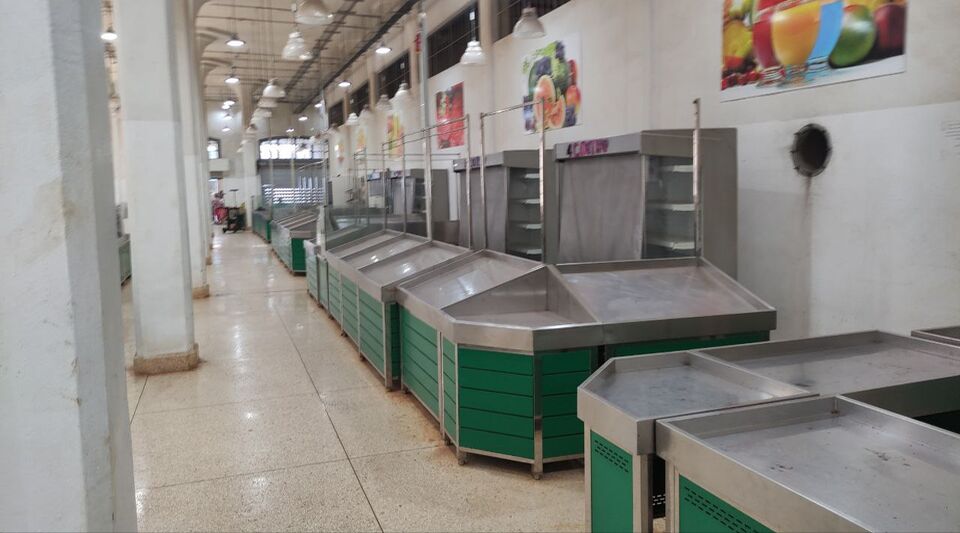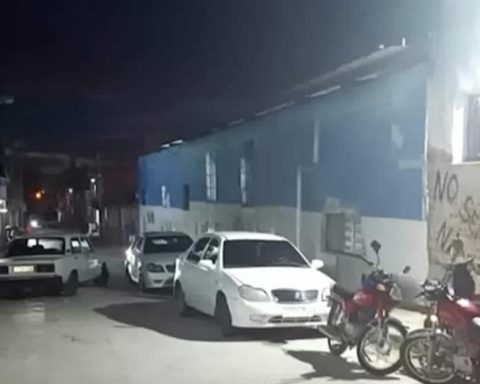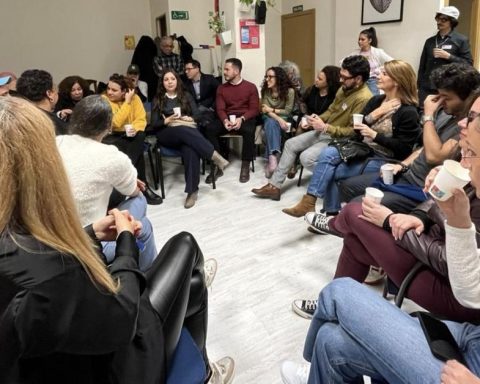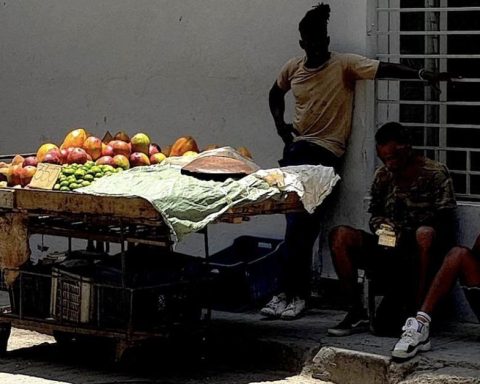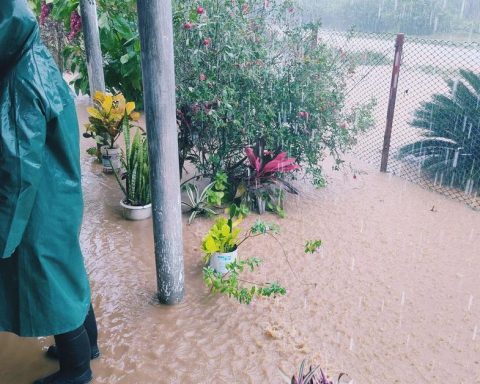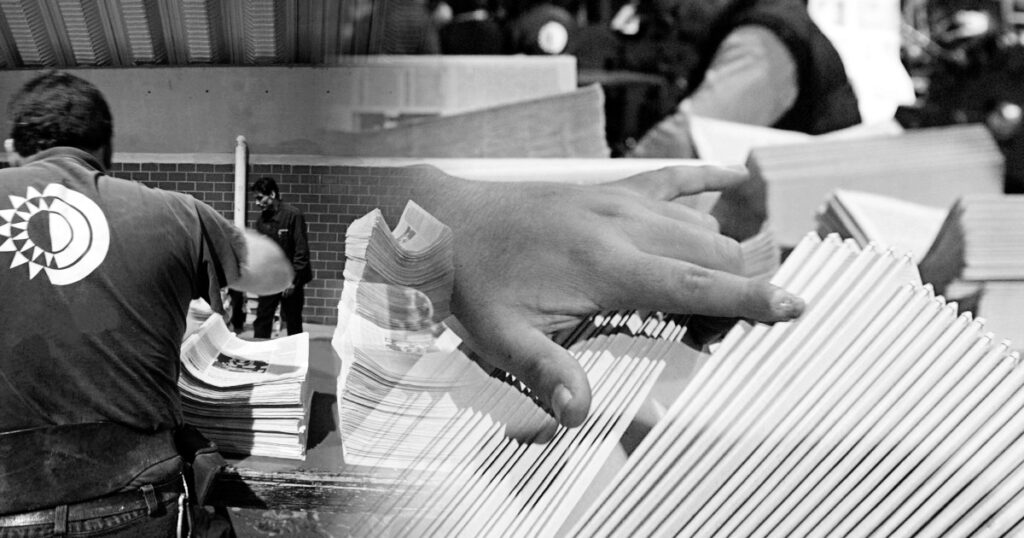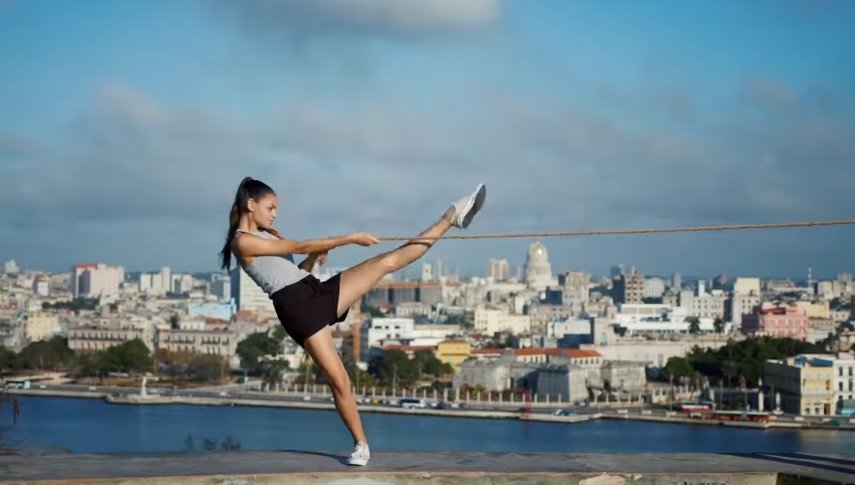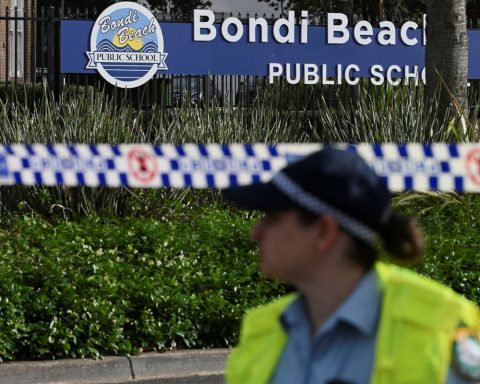The fruit and vegetable market in the Plaza de Cuatro Camino, the largest in the capital, looked bleak this Friday. Old malanga and green bananas were the only things that were sold in a stall, among empty platforms and platforms.
“That malanga is so ugly that it looks like it has monkey pox,” a woman joked before the vendors, who laughed heartily. Far is the memory of this agro, which before and after its major remodeling, in 2019, was the best assortment in Havana, with acceptable prices for the always precarious economy of Cubans. “This is bare,” another young man said out loud, one of the few people who could be seen in the place along with elderly figures, beset by hunger.
Faced with the scarcity of this part of the square, which is accessed through Matadero Street, the store selling freely convertible currency (MLC) contrasts, with its full shelves and its well-dressed and better-fed customers.
Barely touching that abundance, an invalid woman sells nylon crates for 50 pesos, taking advantage of the blasts of air conditioning that go outside every time the doors open.
Those who cannot access this establishment, which has its entrance on Atarés street, due to lack of foreign currency, can go to the store in pesos, which overlooks Monte street. Of course: you can not buy there unless it corresponds to your place of residence, as indicated by the rationing rules established by the Havana authorities last April.

Halfway there, a queue suddenly formed to buy a combo of two cups of yogurt at 16 pesos each and a small plate of ham at 55 pesos at the local El Rapido. Several worlds in one, in short, with different social classes against which the Revolution fought so hard.
In November 2019, when Cuatro Caminos was reopened after four closed for worksthe influx of customers was such that the first day became a pitched battle to reach any product. People stepping on others to access the interior of the building, shoes lost in the race and the strongest, or smartest, taking boxes and boxes of the same food, marked that reboot.

Nestled in a crossroads of municipalities, the market, built in 1920, has always been, more than a sales outlet, the center of economic activity in the area. For decades, its function as a square with platforms for private peasants, private merchants and all kinds of informal vendors that hung around the place contributed to the survival of the neighbors.
Those times in which the residents in the vicinity lived by renting part of their homes to store fruits, food and religious accessories, which were later sold in Cuatro Camino, are long gone. After its last deep reform, the place gained in modernity, but lost the popular and boisterous character that characterized it from the beginning.
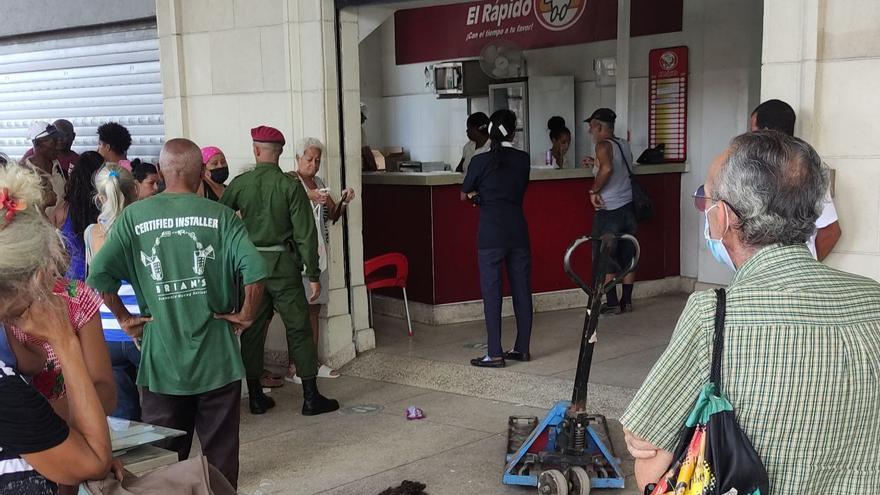
Without being able to earn a living from the market, the residents are now trying to get some income from the proximity of that imposing building that has two cornucopias on its main façade, the prosperous cornucopia that is not reflected inside. The only advantage they seem to have is that they get in line earlier than residents of other neighborhoods.
The new way of survival is now reduced to selling shifts in the lines to buy a product or acquire certain merchandise that lasts just a few hours on sale to resell them in the informal market. Some of those who were waiting today for the yogurt and ham combo were probably in that case: taking advantage of a place that is increasingly inaccessible to their pockets.
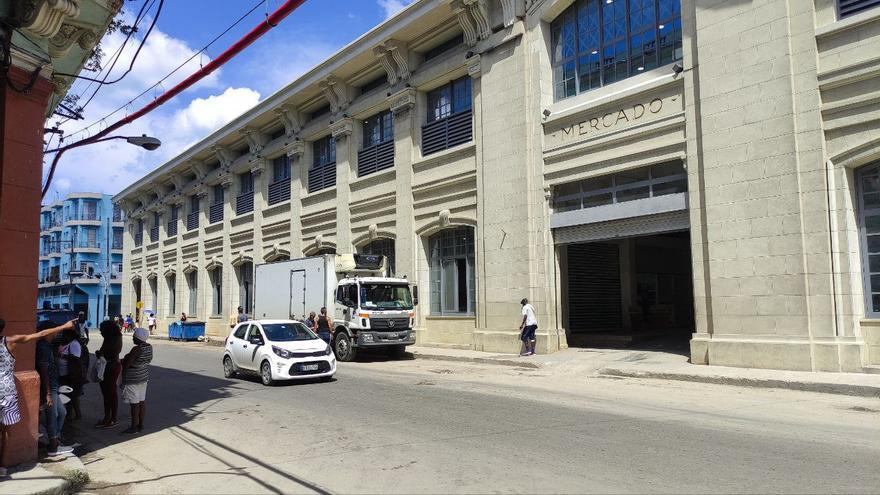
________________________
Collaborate with our work:
The team of 14ymedio is committed to doing serious journalism that reflects the reality of deep Cuba. Thank you for joining us on this long road. We invite you to continue supporting us, but this time becoming a member of our newspaper. Together we can continue transforming journalism in Cuba.
